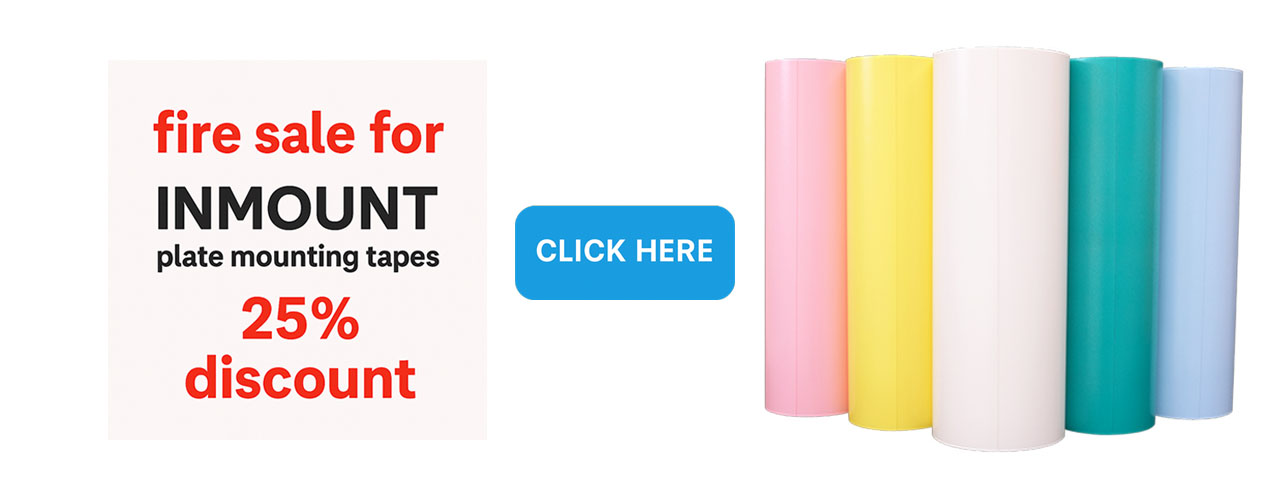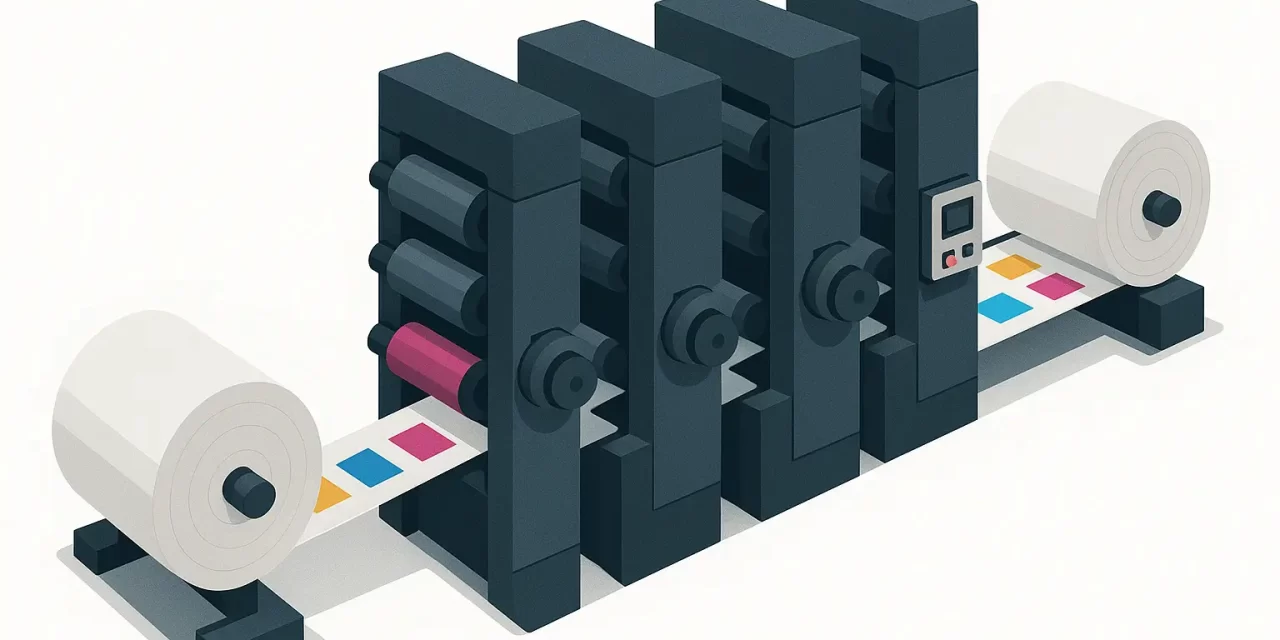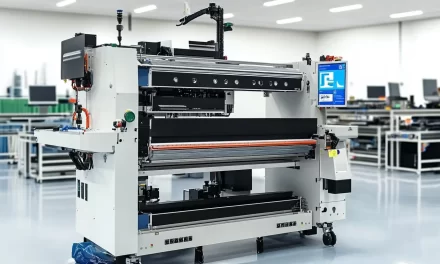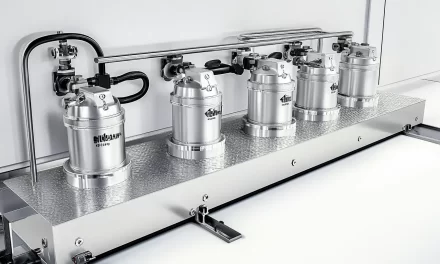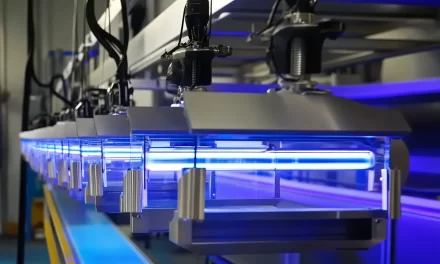In the vibrant and highly competitive world of packaging, color isn’t just a decorative feature—it’s a language. It tells stories, sparks emotion, builds brand recognition, and triggers consumer decisions. And in flexographic printing, multiple color units are the essential tools that allow converters to bring these colorful narratives to life with precision and speed.
From simple CMYK configurations to sophisticated 10- or 12-color flexo presses, the evolution of multi-color unit systems has revolutionized what flexography can achieve. This article takes an in-depth look at the functionality, advantages, and best practices of multiple color units in flexographic printing, shedding light on how they enhance productivity, consistency, and creative possibilities.
What Are Multiple Color Units in Flexography?
In flexographic printing, a color unit (also known as a printing station or deck) is the modular system responsible for transferring one specific ink color onto the substrate. Each unit typically contains:
- An anilox roll (to meter ink)
- An ink chamber or fountain
- A plate cylinder (carrying the image)
- An impression cylinder (to press the substrate)
Each color unit is designed to print one color. So, a 6-color press prints six colors, a 10-color press prints ten, and so on.
With multiple color units, printers can apply more ink layers, incorporate special effects, or print on both sides of the substrate—all within a single pass.
How Color Units Are Configured on a Flexo Press
There are three common configurations of color units:
1. In-Line Configuration
Color units are placed in a straight line. This layout is common in narrow web label printing and allows for easy integration of converting processes (e.g., die-cutting or laminating).
2. Stack Configuration
Color units are stacked vertically, saving floor space. This type is popular in corrugated and paper bag printing.
3. Central Impression (CI) Configuration
All color units are mounted around a central impression drum, ensuring excellent registration. This setup is preferred for printing on flexible substrates like films and foils.
Each of these press types can house anywhere from 2 to 12 color units, depending on the complexity of the jobs being run.
Advantages of Multiple Color Units
Why are multi-unit flexo presses in such high demand? Because they unlock several critical benefits:
More Color Options
- CMYK + spot colors = sharper, more brand-accurate results.
- Extended gamut printing (CMYKOGV) is possible with 7+ color units.
- Ability to handle complex artwork, vignettes, and gradients.
Inline Special Effects
With more units, you can add:
- Metallic inks
- UV spot coatings
- Varnishes
- Cold foil or embossing modules
All of this can be done in one pass, reducing setup and production time.
Backside and Double-Sided Printing
Additional color units allow for printing on both sides of the substrate without flipping or refeeding the material. This is critical in applications like:
- Food pouches with nutritional info on the back
- Promotional packaging with inner prints
Shorter Turnarounds
Fewer passes mean fewer setups, shorter lead times, and higher throughput.
Cost Efficiency for Complex Jobs
While more color units mean a higher upfront investment, they ultimately reduce waste, labor, and press time—especially for jobs that require multiple colors or effects.
Use Cases Where Multiple Color Units Shine
Flexible Packaging
A typical snack bag design may include:
- CMYK for imagery
- Two brand-specific spot colors
- A cold foil underlay
- A matte varnish topcoat That’s at least 8 colors, requiring a multi-unit press.
Prime Labels
Think of wine labels with gold embossing, textured varnishes, and intricate multicolor logos. These designs demand precision layering across several units.
Retail-Ready Packaging
Retail products need impactful shelf appeal. Adding soft-touch coatings or raised effects on printed cartons means more units for in-line finishing.
How Many Color Units Do You Really Need?
There’s no one-size-fits-all answer, but here’s a general guide:
| Print Complexity | Recommended Units |
|---|---|
| Basic CMYK jobs | 4–6 units |
| CMYK + spot color or varnish | 6–8 units |
| Extended gamut printing | 7–9 units |
| CMYK + coatings + foil + backside | 10–12 units |
Pro tip: Choose a press with a few more units than your typical job requires. This gives you room to grow, take on more complex work, or add unique print features.
Managing Multiple Color Units Efficiently
Running a 10-color press is no small feat. Here’s how to keep it productive and cost-effective:
Automated Pre-Register Systems
These systems align all plate cylinders before printing begins, saving minutes per job and reducing material waste.
Anilox and Plate Libraries
Keep a well-organized inventory of your anilox rolls and plates by line count, BCM value, and usage history for each color unit.
Color Management Systems
Integrate spectrophotometers or inline color measurement tools to monitor ink laydown in real time across all units.
Quick-Change Sleeves
Use sleeve technology for faster plate and anilox changes—especially useful for short-run, high-mix jobs.
Common Challenges with Multi-Unit Flexo Presses
Ink Interactions
Multiple inks on the same substrate can cause blocking, smudging, or overprint issues. Use proper drying units between stations (UV, IR, or hot air) to mitigate this.
Registration Control
With more decks comes more potential for misalignment. Servo-driven CI systems or register monitoring cameras help maintain accuracy.
Maintenance Time
More units mean more cleaning. Invest in automated wash-up systems and train your team on regular maintenance cycles.
Real-World Example: ROI from Multi-Unit Expansion
A mid-sized packaging converter in the UK added a 10-color CI press to replace two older 6-color presses. Within 9 months:
- Average job time dropped 22%
- Waste reduced by 18%
- They won 4 new clients with complex print specs
Their secret? Smart scheduling, automated pre-setup, and a dedicated color matching team. The extra units helped them consolidate jobs, reduce passes, and deliver premium packaging with faster lead times.
The Future of Multiple Color Units in Flexo
Technology is driving even more innovation:
- Servo-driven, independently controlled color units allow faster job setups.
- Hybrid flexo-digital systems may include digital color units integrated between traditional ones.
- AI-driven color control systems monitor consistency across all decks and auto-adjust as needed.
As demand grows for short runs, variable data, and specialty finishes, multi-color flexo presses will become even more versatile and essential.
Conclusion: Multiple Color Units = Infinite Possibilities
In flexographic printing, having more color units means more than just extra ink—it means more opportunity.
Opportunity to offer premium finishes. To expand your customer base. To reduce setup times. To wow brand managers with brilliant, consistent color. To say “yes” to jobs your competitors can’t handle.
Whether you’re printing yogurt lids, luxury wine labels, or pet food bags, the power of multiple color units helps you stand out in a crowded market. It’s not just about looking good—it’s about printing smarter, faster, and more profitably.

